Dave Rossum, The Visionary Behind EMU and Rossum Electro
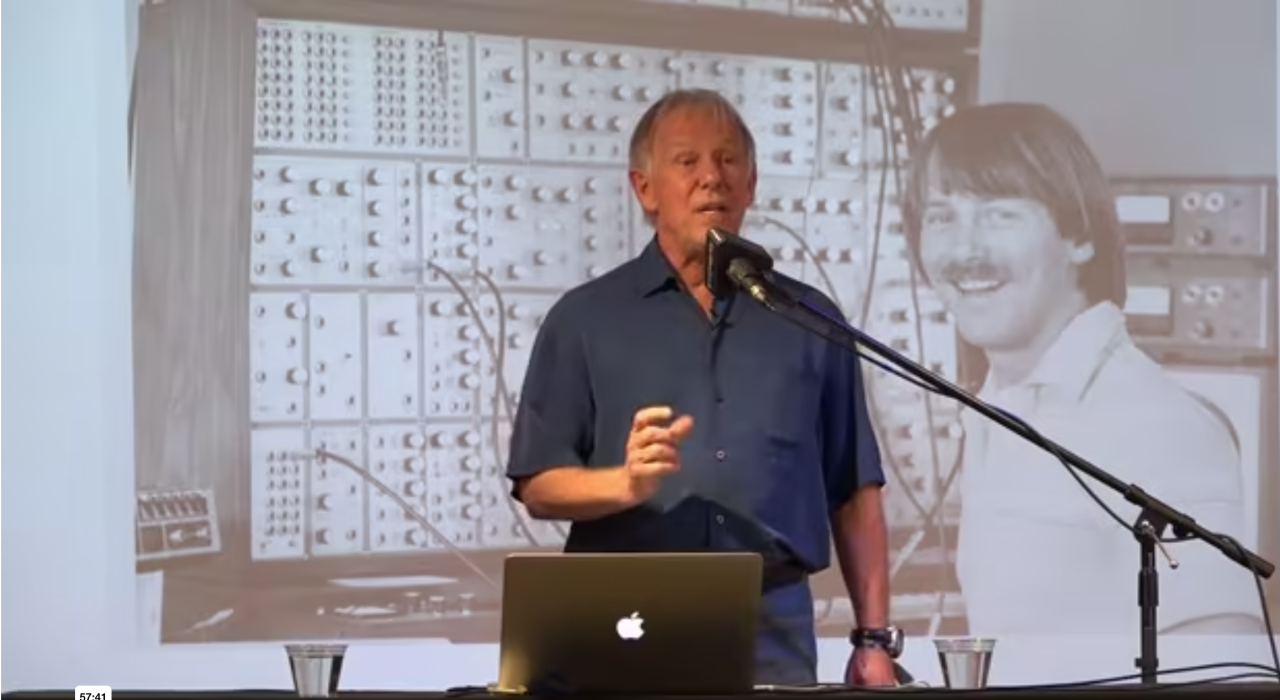
Dave Rossum is one of the founding figures of the modern music production ecosystem. He had a unique relationship with other key synth figures such as Dave Smith and Tom Oberheim. In fact, it was core technologies that Dave developed that enabled both Oberheim and Sequential Circuits’ polyphonic synthesizers in the 1970s.
Born in 1948 and raised in the San Francisco Bay Area, Dave “dropped out” of high school to attend the California Institute of Technology, graduating in 1970 with a degree in biology. He later moved to Santa Cruz to pursue a PhD at UCSC, where his interest in synthesizers began.
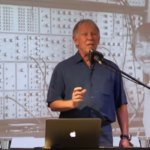
Dave Rossum, on unpacking a Moog Model 12 at UCSC in 1970
Dave Rossum’s Talk About the History of EMU at Synthplex 2022
If there is one definitive source about the history of EMU, this is it.
Special thanks to Michael Lehman Boddiker and Synthplex for organizing Dave’s presentation on his impact on synthesizer history.
EMU is founded in 1971
In 1971, Dave and two CalTech friends — Steve Gabriel and Jim Ketcham — formed E-mu Systems with the mission to build modular synthesizers. They were joined by Scott Wedge, who became EMU’s President after a coin toss with Dave (who became CTO).

EMU’s breakthrough came with patented digitally scanned polyphonic keyboard technology, licensed to Oberheim for the 4-Voice/8-Voice synths and to Sequential Circuits for the Prophet-5. They also collaborated with SSM (Solid State Micro Technology for Music) to create custom synth chips.
The Emulator Sampling Keyboard
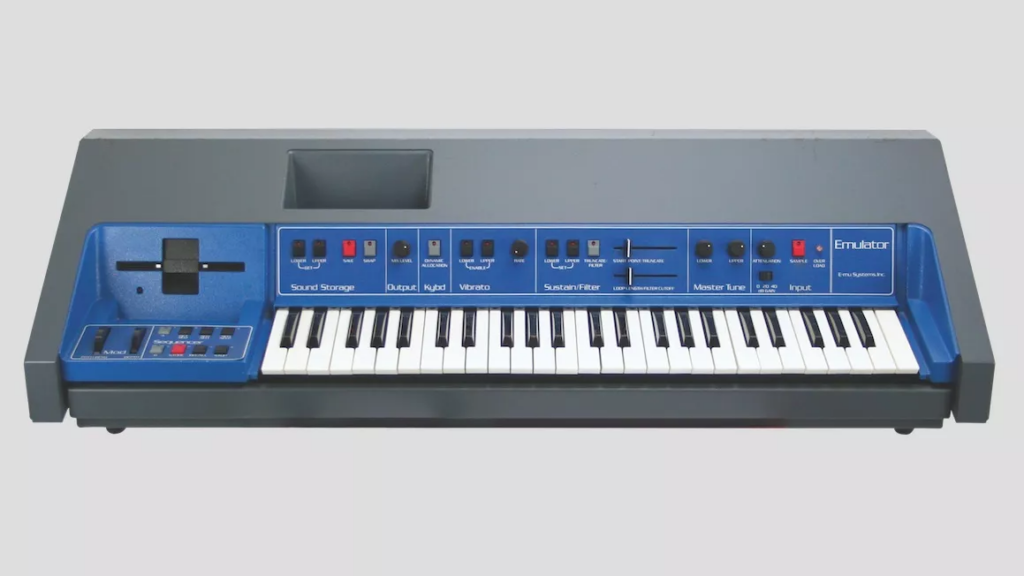
In 1979, Dave and Scott Wedge saw the Fairlight CMI and Roger Linn’s LM-1 at the NAMM Show. Realizing the potential of sample-based instruments — and with EMU’s in-house chip expertise — they developed the Emulator.
Originally considered for licensing to Sequential Circuits, the relationship soured after Sequential stopped paying royalties on EMU’s scanning technology. EMU instead launched the Emulator themselves, beginning a successful decade of sampling products:
- Emulator (1981)
- Emulator II (1984)
- Emulator III (1987)
- Emulator IV (1994)
“The Emulator II was popular with many musicians in the 1980s, such as Stevie Wonder, and was used by Front 242, Depeche Mode, 808 State, New Order, Genesis, Paul McCartney, David Bowie, Herbie Hancock, Vangelis, Tangerine Dream, Jean-Michel Jarre, and more. It even featured in Ferris Bueller’s Day Off.”— Wikipedia
The success of the Emulator led to sample-based ROM instruments like the Ensoniq Mirage and Akai S900. EMU helped define an entire generation of sound.
It even featured in the movie Ferris Bueller’s Day Off, where Ferris uses the Emulator II to play sounds of coughing and sneezing in order to feign illness on the phone.
by Wikipedia

Wikipedia
The Free EncyclopediaThe overall impact of the Emulator sampler on the history of synthesizers can’t be underestimated as it soon led to sample based instruments with samples stored in ROM memory that included Ensoniq products, the Roland D-50, the Korg M1 and many, many more products including sample based software and hardware products that are still sold today.
EMU Drum Machines
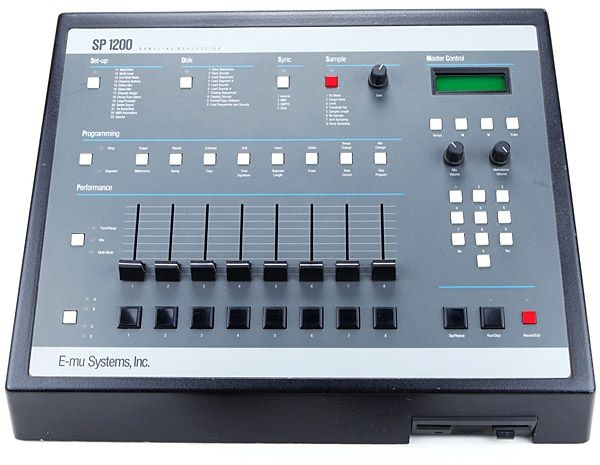
EMU released the first affordable ($999) drum machine with ROM based samples in 1983 (right on the cusp of the MIDI revolution).
They followed up with the SP-12 in 1985 which allowed users to create their own samples. The SP-12 was based on the Emulator ( and even had some parts that were interchangeable). The SP12 was also help start the trend of integrating sampling and sequencing together. This combination being able to create your own sounds and then sequence them helped fuel the hip hop revolution that was starting to happen right around the same time.
In fact, the SP-1200 (the 1987 follow up to the SP-12 with more sampling and sequencing memory (and MIDI) is considered one of the most influential products in the history of Hip Hop.
EMU and Creative Labs
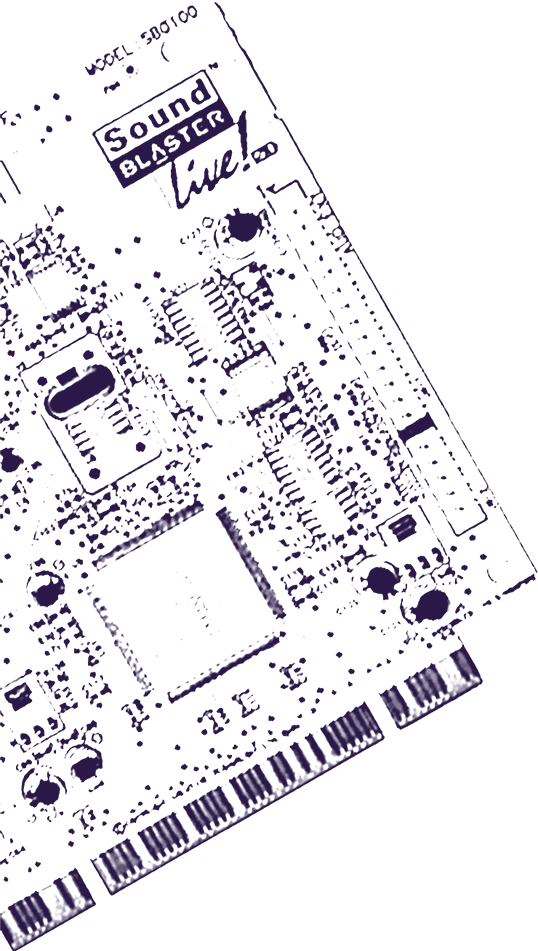
In 1993, E-mu was acquired by Creative Technology, the Singaporean company that was focused on computer sound cards (with MIDI interfaces, of course). Products like the Creative Wave Blaster II and Sound Blaster AWE32 used the EMU8000 effect processor.
Also in 1990s, E-mu made many different sound modules based on the Proteus series which were rackmount MIDI tone generators. In 1998, Creative Technologies merged Ensoniq, another American synthesizer company they had acquired together with EMU.
From the late 1990s to 2011, Creative Labs continued to build sound cards using EMU technology. However Creative was in the brutally competitive, low margin business of PC peripherals. There were lawsuits with other companies (notably Aureal and Apple) which drained resources. As well the market for hardware peripherals shrank as computers became more powerful and software synthesis became more dominant.
In 2011, Creative Technologies shut down EMU.
Creative Technologies still sells products under the Soundblaster name.
Rossum Electro-Music

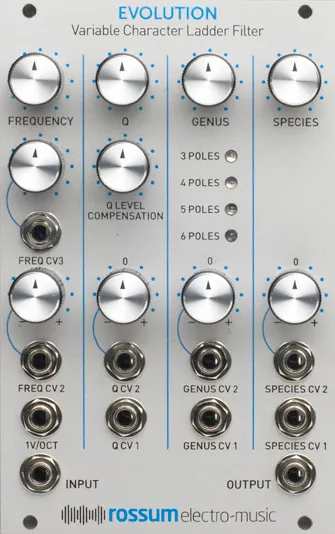
Fortunately Dave Rossum’s contributions to the world of synthesizers didn’t end with Creative Technologies.
In 2015, Dave formed Rossum Electro Music and started creating new synthesizer products.
Some of these products go back to his early roots and take advantage of the renewed interest in modular synths created by the EuroRack format.
Today, Dave continues his work through Rossum Electro-Music, crafting advanced tools for electronic music production. His latest Eurorack modules draw on a half-century of innovation and legacy.
Further Reading and Web Resources
- 30 Years of EMU – Sound On Sound
- Interview Part 1 – AMAZONA.de
- Interview Part 2 – AMAZONA.de
- Interview Part 3 – AMAZONA.de
- Blast from the Past – MusicRadar
- Dave Rossum Oral History – NAMM
All images used for educational and historical purposes only.